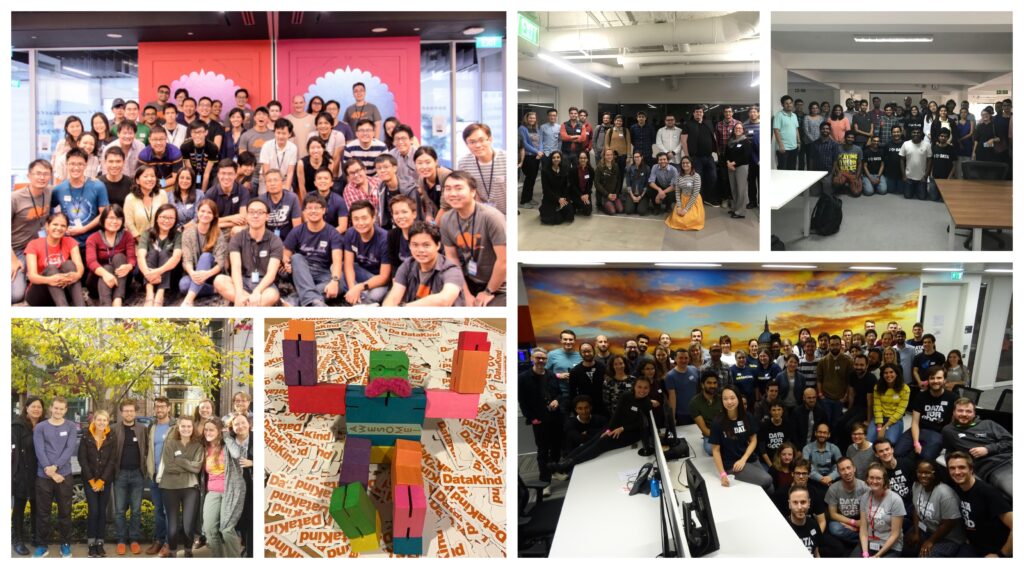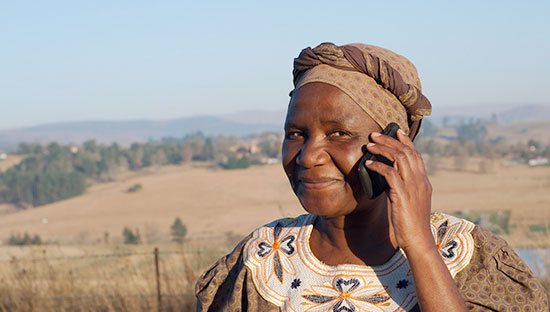By Jake Porway, Founder & Executive Director, DataKind
It’s that time of year again when folks share their predictions for the year ahead. There have been a couple of lists of AI trends, which arrive at some rough consensus that in 2019 we’ll likely see breakthrough trends in better AI assistants, increased logistics efficiency, and better AI assistants (people are really all about those AI assistants). In this list, I’d like to focus instead on trends for data science and machine learning in 2019, specifically within the social impact space. My prediction rates are pretty low, so let’s instead think of the below instead as “hopes for data and AI in 2019”.
- More pro bono data science and AI available. We’re seeing a rise in the number of companies who are offering some strain of “for good” data science and machine learning. Microsoft’s AI for Good programs have been expanding the number of projects they do with social benefit, IBM continues to provide pro bono engagements for its employees and open sourcing its algorithmic oversight solutions, and Mastercard’s newly endowed Center for Inclusive Growth has dedicated itself to making use of Mastercard’s resources for a more inclusive world. Against a backdrop of backlash against Facebook and Google, and the continued drumbeat that “millennials want to do good in the world”, more major tech companies will actively seek to put their resources to work in the social sector. This will be good news for employees looking for more ways to have it all. What remains to be seen is how capably these commitments support the social organizations on the frontlines.
- The rise of the translators. As the demand for data science and machine learning grows in the social sector, and the supply of pro bono resources and data science funding grow, we’ll likely face the next challenge — getting them all to work together. Demand for data science is a first step, yet many nonprofits don’t yet know how to articulate their crisp machine learning problems (nor do many companies, for that matter). Without a profit motive, it can be taxing for companies providing pro bono services to invest the time to help scope out the right problems. The result, left unchecked, is that the few organizations who can specify a data science need that matches the capabilities of a company will be rewarded, and the rest of the social sector will remain disconnected from this new opportunity. In 2019, a translator role will arise, as Tom Kalil of Schmidt Futures calls them, the “bilinguals” who speak data science and social sector. DataKind will continue to play this role mainly, but we hope it will be a role that is seen as one of the key roles needed across all networks, above and beyond any technical skills.
- From measurement to automation. One of the biggest sticking points in conversations about this topic are the variegated meanings of the word “data”. Some folks use data to mean “facts”, others use it to mean metrics, still others see it as the input for AI. In the social sector, data has typically been used for monitoring operations on the ground (descriptive statistics), proving whether an intervention has worked or not (inferential statistics), or for persuading policymakers and others (advocacy). What hasn’t been commonplace in the social sector is the idea that data can be used to train algorithms to do work for us. However, I think that tipping point is about to arrive. We’ve seen evidence of major institutions like the United Nations and World Bank dipping their toes into this work, and companies like Development Seed and WeRobotics leading the way in using machine learning as core to their social impact work. 2019 looks to be the year that “algorithms”, “AI”, and “automation” go from think pieces to early adoption in the social sector.
- Ethics gets applied. One of the hot button items in 2018 was the “ethics of AI”. I put this term in quotes because there are a melange of fears and concerns that have blended over the years into this topic. Concerns about data privacy have evolved into concerns about biased algorithms harming citizens, which have morphed further into fears of fake news-spreading bots and evil AIs. There are a lot of (extremely valid) concerns that are coalescing into a call for checks and balances on the data-driven technologies we’re building. My hope for 2019 is that this is the year we move from concept to practice. 2015-2018 has seen the creation of a glut of ethical codes for data scientists and AI engineers, which is a great start, but little more than a palliative for those who work in these fields. Real action is needed if we’re to rein in our involvement in detrimental uses of technology. People need the agency to say no, to quit, or to find alternatives to doing work that’s not in line with their ethics. I’m optimistic that interest in models like GDPR could create more models that take steps toward data governance at a national level, and I sense that regulation is coming for the Facebooks of the world. I’m also heartened by the direct actions that employees at Google are taking to protest their company’s involvement in AI use in China. What will require real introspection and bravery, however, is applying these codes, especially when the threats are vague, unknown, or virtually unseen under high-minded applications, like algorithms for improved refugee resettlement. Regardless of which side of that debate you’re on, I’m eager to see people standing behind their principles and how they do so. It’s a necessary next step in our journey toward more responsible technology.
So what’s to come in 2019? We can’t say for sure, but we know that DataKind will be supporting everyone out there trying to bring these aspirations to life. We’re in control of the technologies we create, and DataKind will do everything it can to support their use toward our greatest and most noble human ventures. We hope you had a fantastic end to 2018, and we hope to see you often here in 2019 with us, turning these hopes into reality!



